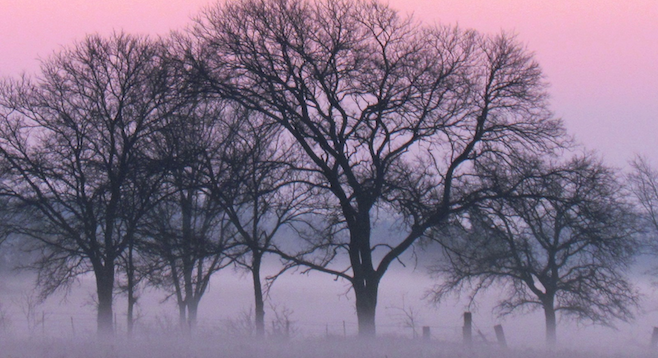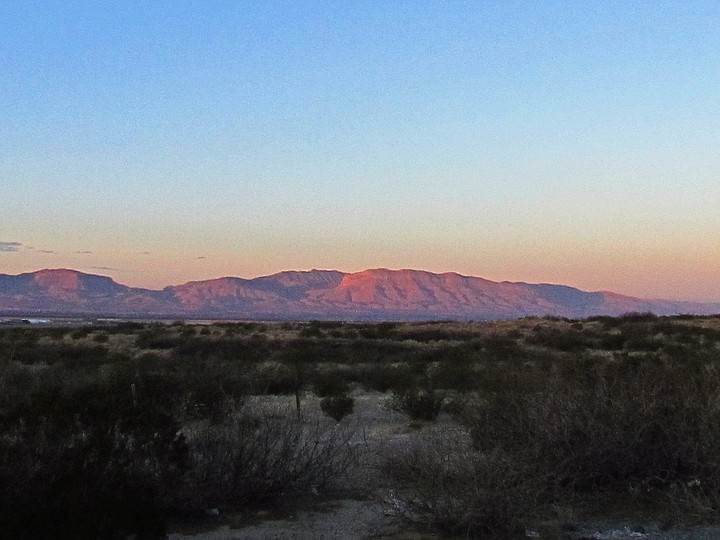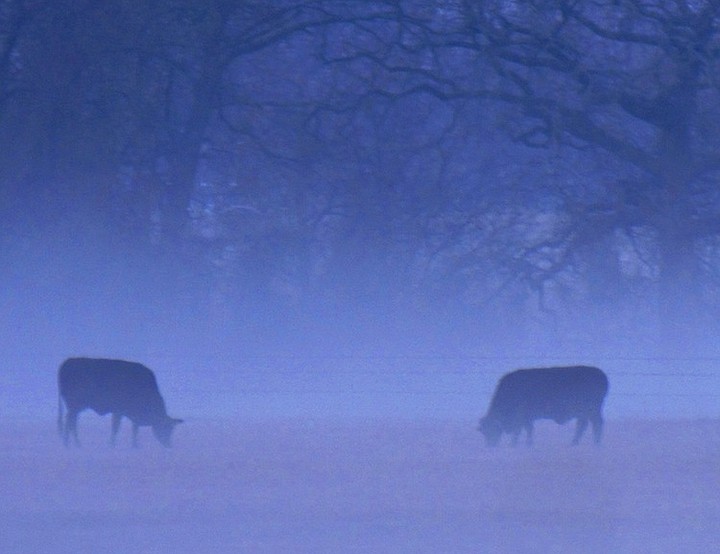 Facebook
Facebook
 X
X
 Instagram
Instagram
 TikTok
TikTok
 Youtube
Youtube

Seventh time was the charm. Took me that many drive-throughs before I fell in love with a corner of Texas. Because aside from Padres Island National Seashore, I just couldn’t see much to like.
To be honest, visually, much of the state is hard on the eyes because regardless of the time of year, a huge portion of the Lone Star State is a flat, sunburnt, windblown nothingness as far as the eye can see. So many ugly spewing refineries and too many abandoned dilapidating towns.
But coming through the Mountain Trail area surrounding El Paso at dawn stopped me in my tracks. A few days later, driving through northeast Texas at dawn did much the same.

One of 10 Texas Heritage Trails, the Mountain Trail weaves through the region referred to as FAR West Texas, which should give you a very clear idea of how broad the state is. The incredibly scenic byway passes Big Bend National Park (referred to by some as a paleontological jewel), Guadalupe Mountains National Park, and the Monahans Sandhills, for those drawn to massive inland dunes. The area is a hiker’s/biker’s/climber’s haven.
There are historic missions (some of which are now inns), forts (even some affiliated with the Buffalo Soldiers who laid the trails on many of the western national parks) and railroad depots all along the wayside.
In comparison to the high desert of Far West Texas, the northeastern corner is 23,500 square miles of lush piney woods blanketing the gently rolling hills east of Dallas.

The region's most famous claim to fame might be held by Tyler, the "Rose Capital of America" that produced nearly 20% of the country’s commercial rose bushes. Each October, the city draws hundreds of thousands of spectators to the Texas Rose Festival, held in the municipal Rose Garden that displays more than 32,000 bushes.
If the Rose Festival’s not enough of an incitement to drive three states east, the town of Sweetwater in central Texas hosts the world's largest rattlesnake roundup, which occurs annually on the second weekend in March.
If you’d prefer not to log the miles, fly into El Paso, rent a car, drive the Mountain Trail, hit the roundup and leave out of Dallas.


Seventh time was the charm. Took me that many drive-throughs before I fell in love with a corner of Texas. Because aside from Padres Island National Seashore, I just couldn’t see much to like.
To be honest, visually, much of the state is hard on the eyes because regardless of the time of year, a huge portion of the Lone Star State is a flat, sunburnt, windblown nothingness as far as the eye can see. So many ugly spewing refineries and too many abandoned dilapidating towns.
But coming through the Mountain Trail area surrounding El Paso at dawn stopped me in my tracks. A few days later, driving through northeast Texas at dawn did much the same.

One of 10 Texas Heritage Trails, the Mountain Trail weaves through the region referred to as FAR West Texas, which should give you a very clear idea of how broad the state is. The incredibly scenic byway passes Big Bend National Park (referred to by some as a paleontological jewel), Guadalupe Mountains National Park, and the Monahans Sandhills, for those drawn to massive inland dunes. The area is a hiker’s/biker’s/climber’s haven.
There are historic missions (some of which are now inns), forts (even some affiliated with the Buffalo Soldiers who laid the trails on many of the western national parks) and railroad depots all along the wayside.
In comparison to the high desert of Far West Texas, the northeastern corner is 23,500 square miles of lush piney woods blanketing the gently rolling hills east of Dallas.

The region's most famous claim to fame might be held by Tyler, the "Rose Capital of America" that produced nearly 20% of the country’s commercial rose bushes. Each October, the city draws hundreds of thousands of spectators to the Texas Rose Festival, held in the municipal Rose Garden that displays more than 32,000 bushes.
If the Rose Festival’s not enough of an incitement to drive three states east, the town of Sweetwater in central Texas hosts the world's largest rattlesnake roundup, which occurs annually on the second weekend in March.
If you’d prefer not to log the miles, fly into El Paso, rent a car, drive the Mountain Trail, hit the roundup and leave out of Dallas.
Comments